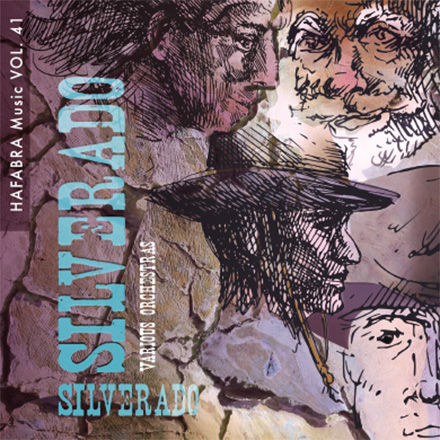
Infos :
1. Alborada 2. Variazioni 3. Alborada 4. Scena e canto gitano 5. Fandango asturiano
Capriccio espagnol is the common Western title for a five movement orchestral suite, based on Spanish folk melodies, composed by the Russian composer Nikolai Rimsky-Korsakov in 1887. The work has five movements, divided into two parts comprising the first three and the latter two movements respectively.
The first movement, Alborada, is a festive and exciting dance, typically from traditional Asturian music to celebrate the rising of the sun. It features the clarinet with two solos, and later features a solo violin with a solo similar to the clarinet's.
The second movement, Variazioni, begins with a melody in the horn section. Variations of this melody are then repeated by other instruments and sections of the orchestra.
The third movement, Alborada, presents the same Asturian dance as the first movement. The two movements are nearly identical, in fact, except that this movement has a different instrumentation and key.
The fourth movement, Scena e canto gitano ("Scene and Gypsy song") opens with five cadenzas — first by the horns and trumpets, then solo violin, flute, clarinet, and harp — played over rolls on various percussion instruments. It is then followed by a dance in triple time leading attacca into the final movement.
The fifth and final movement, Fandango asturiano, is also an energetic dance from the Asturias region of northern Spain. The piece ends with an even more rousing statement of the Alborada theme.
| HAFABRA Music | Nº 603 |
| Compositeur | RIMSKY-KORSAKOV Nicolai |
| Arrangeur | SCHYNS José |
| Style | |
| Pour | • Wind Band |
| Durée | 16:30 |
| Niveau | 5+ |
| Code prix | 31 |
European parts [PDF Download]
- Bass Bb BC
- Bass Bb TC
- Bass Eb BC
- Bass Eb TC
- Euphonium Bb BC
- Horn Eb 1
- Horn Eb 2
- Horn Eb 3
- Horn Eb 4
- Trombone Bb 1 BC
- Trombone Bb 1 TC
- Trombone Bb 2 BC
- Trombone Bb 2 TC
- Trombone Bb 3 BC
- Trombone Bb 3 TC
 Contact
Contact Panier
Panier Mes favoris
Mes favoris Mon compte
Mon compte











